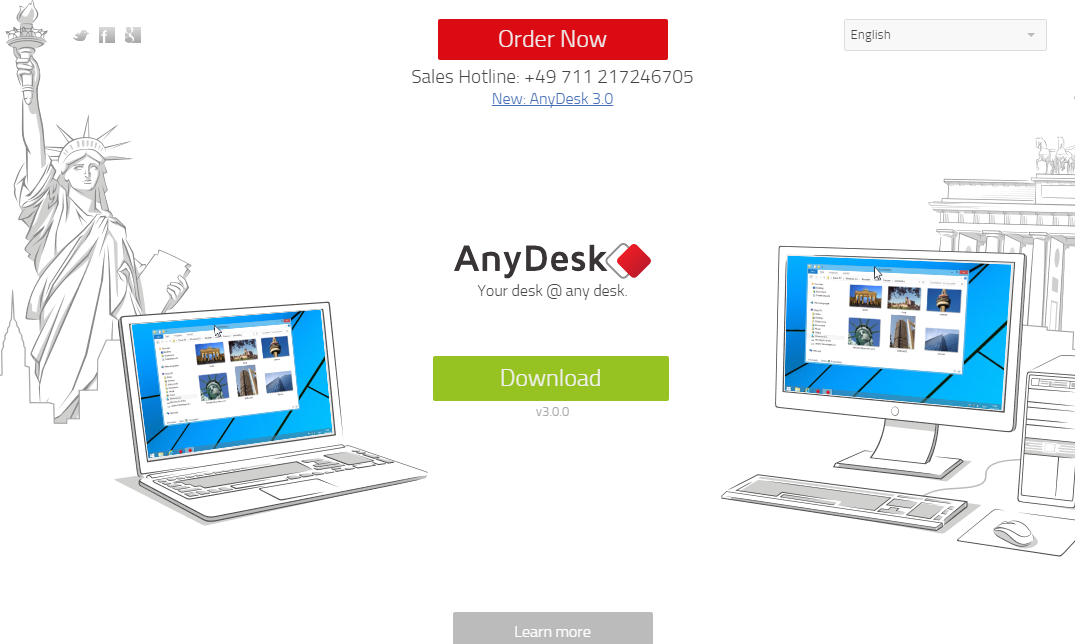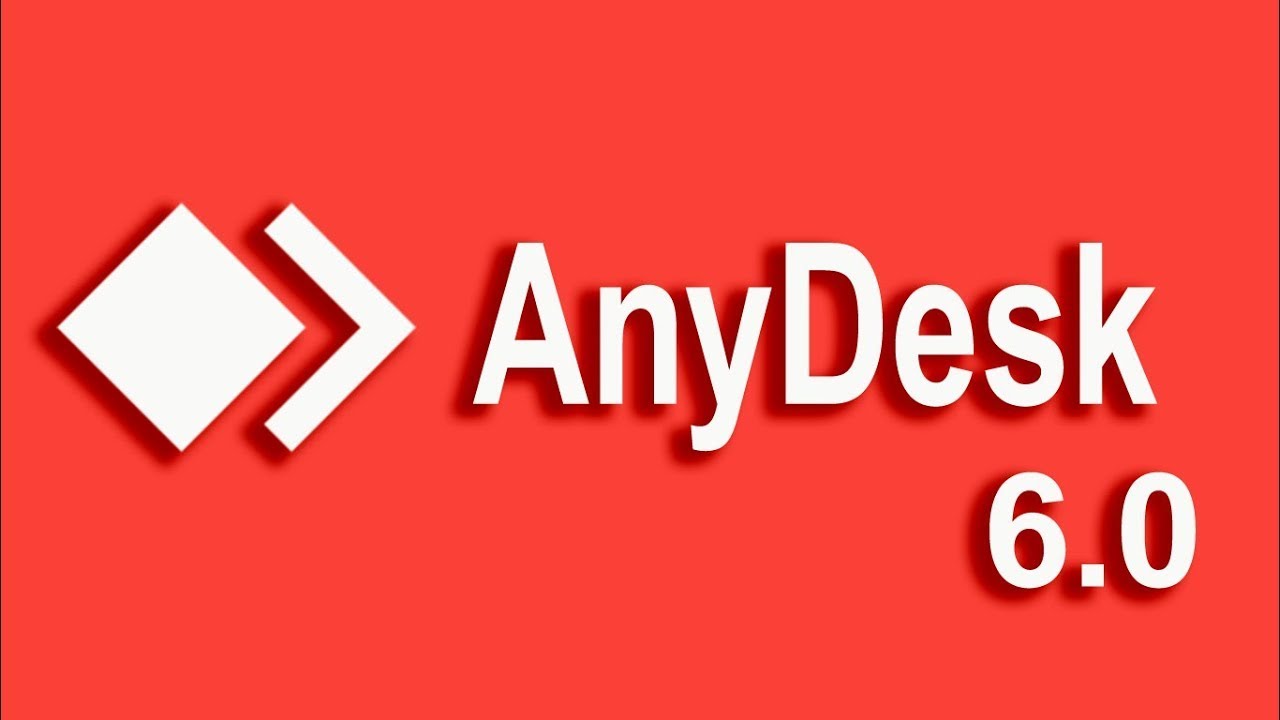
- #Anydesk software is a safe software install
- #Anydesk software is a safe software drivers
- #Anydesk software is a safe software update
- #Anydesk software is a safe software series
Sophos says the “penultimate step” in the infection process is the creation of a “RunOnce” key in the Registry that executes the file-less ransomware payload from where attackers placed it on the Domain Controller. Attackers also disable other registry keys used by some networks to display a legal notice upon login, reducing the chance that automatic login will fail because a dialog box waiting for a human to click it is holding up the boot. The batch script also creates a new administrator account on the infected machine and set the machine to automatically log in when it reboots in Safe Mode.

#Anydesk software is a safe software update
“The script disables Windows Update and attempts to disable Sophos services, but the tamper protection feature prevents the batch script from succeeding,” the company says. Sophos calls out one batch script, Love.bat, which was pushed to machines on the network by the PDQDeployRunner service.Īccording to Sophos, those scripts modified or deleted Registry keys that sabotaged services or processes of endpoint security tools, including the built-in Windows Defender and other third-party software. Those batch scripts “orchestrate stages of the attacks” and enable the actual deployment of the Avos Locker ransomware. The batch files are run before the computer is rebooted in Safe Mode. The attackers made us of another IT management tool, PDQ Deploy, to push out Windows batch scripts to machines they planned to garget. Infections involving this relatively new ransomware-as-a-service spiked in November and December… NEW: Avos Locker remotely accesses boxes, even running in Safe Mode In some instances, there were indications that attackers were able to move laterally, per Event Logs of some machines. Sophos continues that attackers have also been observed using a tool called Chisel, which creates a tunnel over HTTP, with the data encrypted using SSH, that attackers can use as a secure back channel to the target machine. “Normally, third party software would be disabled on a computer that had been rebooted into Safe Mode, but these attackers clearly intended to continue to remotely access and control the targeted machines unimpeded,” the company says in a detailed writeup of the ransomware. AnyDesk is a remote desktop application that the attackers used to remotely access targeted machines if the ransomware deployment was initially unsuccessful.
#Anydesk software is a safe software install
However, these attackers also modify the Safe Mode boot configuration to install and use the commercial IT management toll AnyDesk while computers were running in Safe Mode.

#Anydesk software is a safe software series
This strain has appeared in a recent series of ransomware incidents in which attackers boot target computers in Safe Mode to disable endpoint protections.Īccording to the company, that’s not a new technique in deploying ransomware, as the now-defunct Snatch, REvil and BlackMatter ransomware families had done in the past.

In a post and a series of tweets, the company introduces the IT community to an “up-and-coming” ransomware family that calls itself Avos Locker.
#Anydesk software is a safe software drivers
Ransomware remains the top cybersecurity concern for businesses around the world, with new strains and operators popping up routinely, including one detailed by cybersecurity firm Sophos that leverages Safe Mode on target computers to disable third-party drivers and endpoint protection products.


 0 kommentar(er)
0 kommentar(er)
